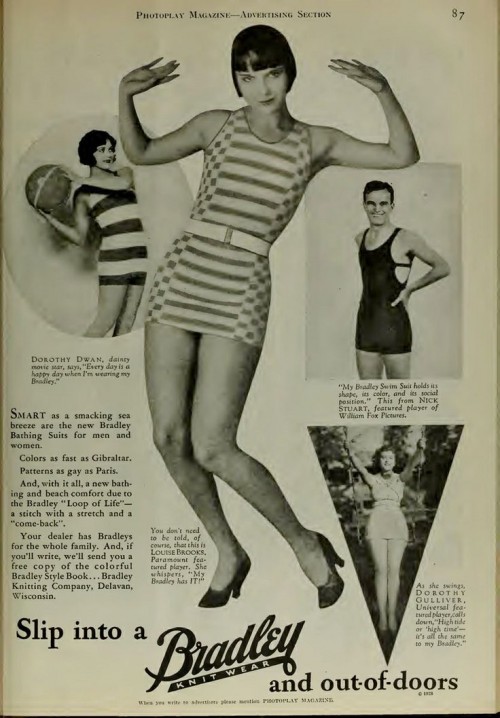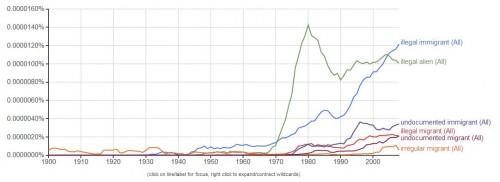
I got this email from an Ivy League student when I arrived to give a speech. She was responsible for making sure that I was delivered to my hotel and knew where to go the next day:
Omg you’re here! Ahh i need to get my shit together now lol. Jk. Give me a ring when u can/want, my cell is [redacted]. I have class until 1230 but then im free! i will let the teacher she u will be there, shes a darling. Perhaps ill come to the end of the talk and meet you there after. Between the faculty lunch and your talk, we can chat! ill take make sure the rooms are all ready for u. See ya!
To say the least, this did not make me feel confident that my visit would go smoothly.
I will use this poor student to kick off this year’s list of Professors’ Pet Peeves. I reached out to my network and collected some things that really get on instructors’ nerves. Here are the results: some of the “don’ts” for how to interact with your professor or teaching assistant. For what it’s worth, #2 was by far the most common complaint.
1. Don’t use unprofessional correspondence.
Your instructors are not your friends. Correspond with them as if you’re in a workplace, because you are. We’re not saying that you can’t ever write like this, but you do need to demonstrate that you know when such communication is and isn’t appropriate. You don’t wear pajamas to a job interview, right? Same thing.
2. Don’t ask the professor if you “missed anything important” during an absence.
No, you didn’t miss anything important. We spent the whole hour watching cats play the theremin on youtube!
Of course you missed something important! We’re college professors! Thinking everything we do is important is an occupational hazard. Here’s an alternative way to phrase it: “I’m so sorry I missed class. I’m sure it was awesome.”
If you’re concerned about what you missed, try this instead: Do the reading, get notes from a classmate (if you don’t have any friends in class, ask the professor if they’ll send an email to help you find a partner to swap notes with), read them over, and drop by office hours to discuss anything you didn’t understand.
3. Don’t pack up your things as the class is ending.
We get it. The minute hand is closing in on the end of class, there’s a shift in the instructor’s voice, and you hear something like “For next time…” That’s the cue for everyone to start putting their stuff away. Once one person does it, it’s like an avalanche of notebooks slapping closed, backpack zippers zipping, and cell phones coming out.
Don’t do it.
Just wait 10 more seconds until the class is actually over. If you don’t, it makes it seem like you are dying to get out of there and, hey, that hurts our feelings!
4. Don’t ask a question about the readings or assignments until checking the syllabus first.
It’s easy to send off an email asking your instructor a quick question, but that person put a lot of effort into the syllabus for a reason. Remember, each professor has dozens or hundreds of students. What seems like a small thing on your end can add up to death-by-a-thousand-paper-cuts on our end. Make a good faith effort to figure out the answer before you ask the professor.
5. Don’t get mad if you receive critical feedback.
If an instructor takes a red pen and massacres your writing, that’s a sign that they care. Giving negative feedback is hard work, so the red ink means that we’re taking an interest in you and your future. Moreover, we know it’s going to make some students angry at us. We do it anyway because we care enough about you to try to help you become a stronger thinker and writer. It’s counterintuitive but lots of red ink is probably a sign that the instructor thinks you have a lot of potential.
6. Don’t grade grub.
Definitely go into office hours to find out how to study better or improve your performance, but don’t go in expecting to change your instructor’s mind about the grade. Put your energy into studying harder on the next exam, bringing your paper idea to the professor or teaching assistant in office hours, doing the reading, and raising your hand in class. That will have more of a pay-off in the long run.
7. Don’t futz with paper formatting.
Paper isn’t long enough? Think you can make the font a teensy bit bigger or the margins a tad bit wider? Think we won’t notice if you use a 12-point font that’s just a little more widely spaced? Don’t do it. We’ve been staring at the printed page for thousands of hours. We have an eagle eye for these kinds of things. Whatever your motivation, here’s what they say to us: “Hi Prof!, I’m trying to trick you into thinking that I’m fulfilling the assignment requirements. I’m lazy and you’re stupid!” Work on the assignment, not the document settings.
8. Don’t pad your introductions and conclusions with fluff.
Never start off a paper with the phrase, “Since the beginning of time…” “Since the beginning of time, men have engaged in war.” Wait, what? Like, the big bang? And, anyway, how the heck do you know? You better have a damn strong citation for that. “Historically,” “Traditionally,” and “Throughout history” are equally bad offenders. Strike them from your vocabulary now.
In your conclusion, say something smart. Or, barring that, just say what you said. But never say: “Hopefully someday there will be no war.” Duh. We’d all like that, but unless you’ve got ideas as to how to make it that way, such statements are simple hopefulness and inappropriate in an academic paper.
9. Don’t misrepresent facts as opinions and opinions as facts.
Figure out the difference. Here’s an example of how not to represent a fact, via CNN:
Considering that Clinton’s departure will leave only 16 women in the Senate out of 100 senators, many feminists believe women are underrepresented on Capitol Hill.
Wait. Feminists “believe”? Given that women are 51% of the population, 16 out of 100 means that women are underrepresented on Capitol Hill. This is a social fact, yeah? Now, you can agree or disagree with feminists that this is a problem, but don’t suggest, as CNN does, that the fact itself is an opinion.
This is a common mistake and it’s frustrating for both instructors and students to get past. Life will be much easier if you know the difference.
10. Don’t be too cool for school.
You know those students that sit at the back of the class, hunch down in their chair, and make an art of looking bored? Don’t be that person. Professors and teaching assistants are the top 3% of students. They likely spent more than a decade in college. For better or worse, they value education. To stay on their good side, you should show them that you care too. And, if you don’t, pretend like you do.
Click here for a series of discussion questions and activities for the piece designed for students of composition by Dr. Nicole Boucher Spottke for The Kirkman Reader.
Thanks to @triciasryan, @hormiga, @wadewitz, @ameenaGK, @holdsher, @joanneminaker, @k_lseyrisman, @jessmetcalf87, @deeshaphilyaw, @currerbell, and @hist_enthusiast, and @gwensharpnv for their ideas! Originally posted in 2013; cross-posted at Business Insider and Pacific Standard.
Lisa Wade, PhD is an Associate Professor at Tulane University. She is the author of American Hookup, a book about college sexual culture; a textbook about gender; and a forthcoming introductory text: Terrible Magnificent Sociology. You can follow her on Twitter and Instagram.













